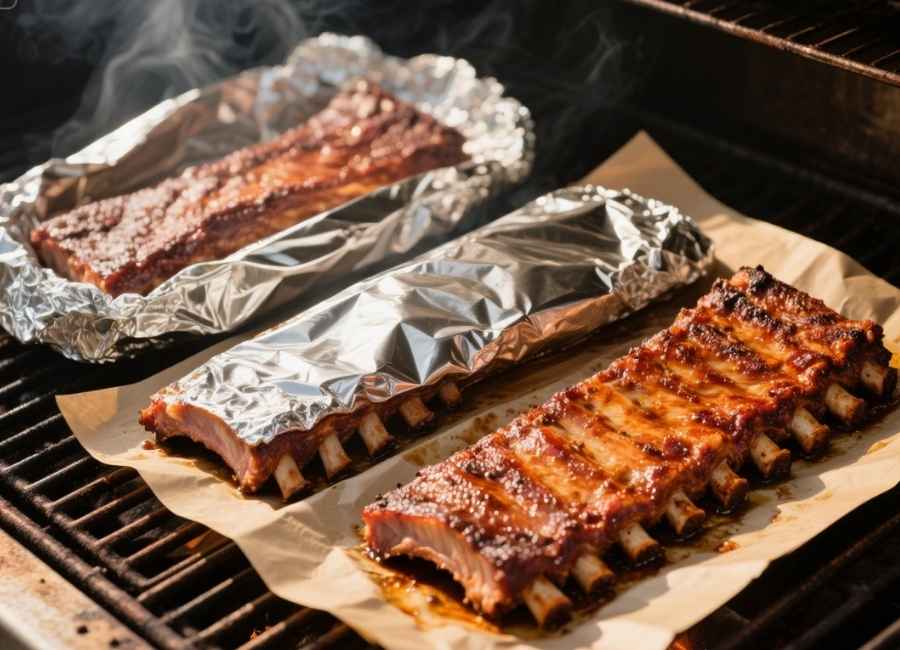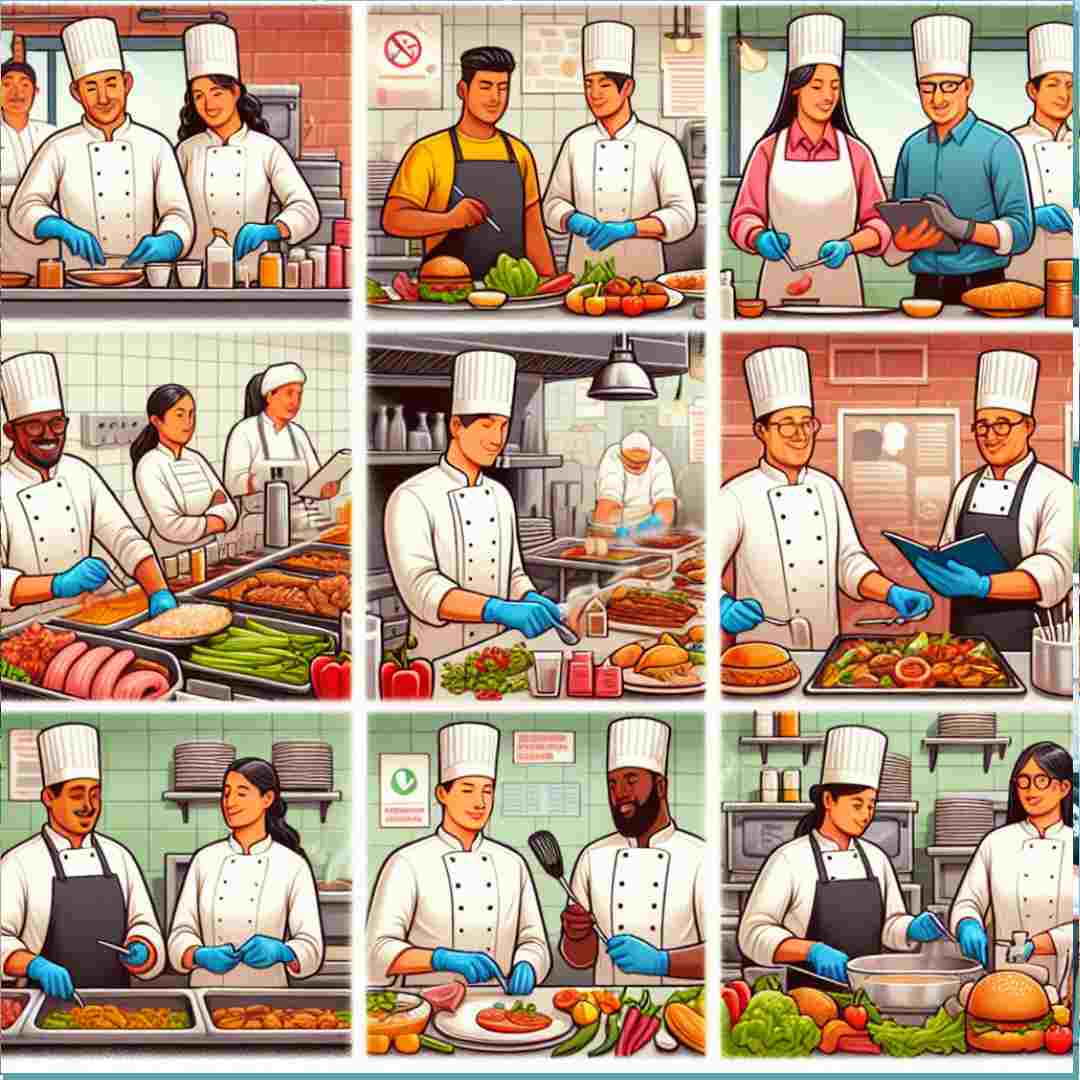Maintaining high hygiene standards is a crucial element of success in the dynamic world of food service. For restaurant owners, food service workers, and health inspectors, understanding when gloves should be worn during food preparation is a regulatory requirement and a responsibility to the community. This blog post will guide you through the essentials of glove use in food handling, ensuring that your kitchen remains a beacon of safety and quality.
Understanding the Basics of Food Safety
Food safety is the backbone of any successful food service operation. It involves practices that prevent foodborne illnesses, protect customers’ health, and protect the establishment’s reputation. One of the fundamental components is personal hygiene, which encompasses the proper use of gloves. By adhering to established guidelines, food workers can significantly reduce the risk of contamination and demonstrate their commitment to public health.
Why Gloves Matter in Food Handling

Gloves are a barrier between food workers’ hands and the food items. They prevent the transfer of harmful bacteria and viruses, which can cause foodborne illnesses. While washing hands is effective, gloves provide an additional layer of protection. It’s important to consider that gloves can become contaminated, just like hands, so understanding when and how to use them correctly is paramount.
Situations Requiring Glove Use
Not all food-handling tasks require gloves. However, there are specific situations where they become necessary. When preparing ready-to-eat foods, such as salads or sandwiches, gloves are essential to prevent direct hand contact. Handling raw meat, poultry, or seafood requires gloves to avoid cross-contamination. Understanding these scenarios helps ensure that food workers are compliant and that food safety is maintained.
Regulatory Guidelines for Glove Use
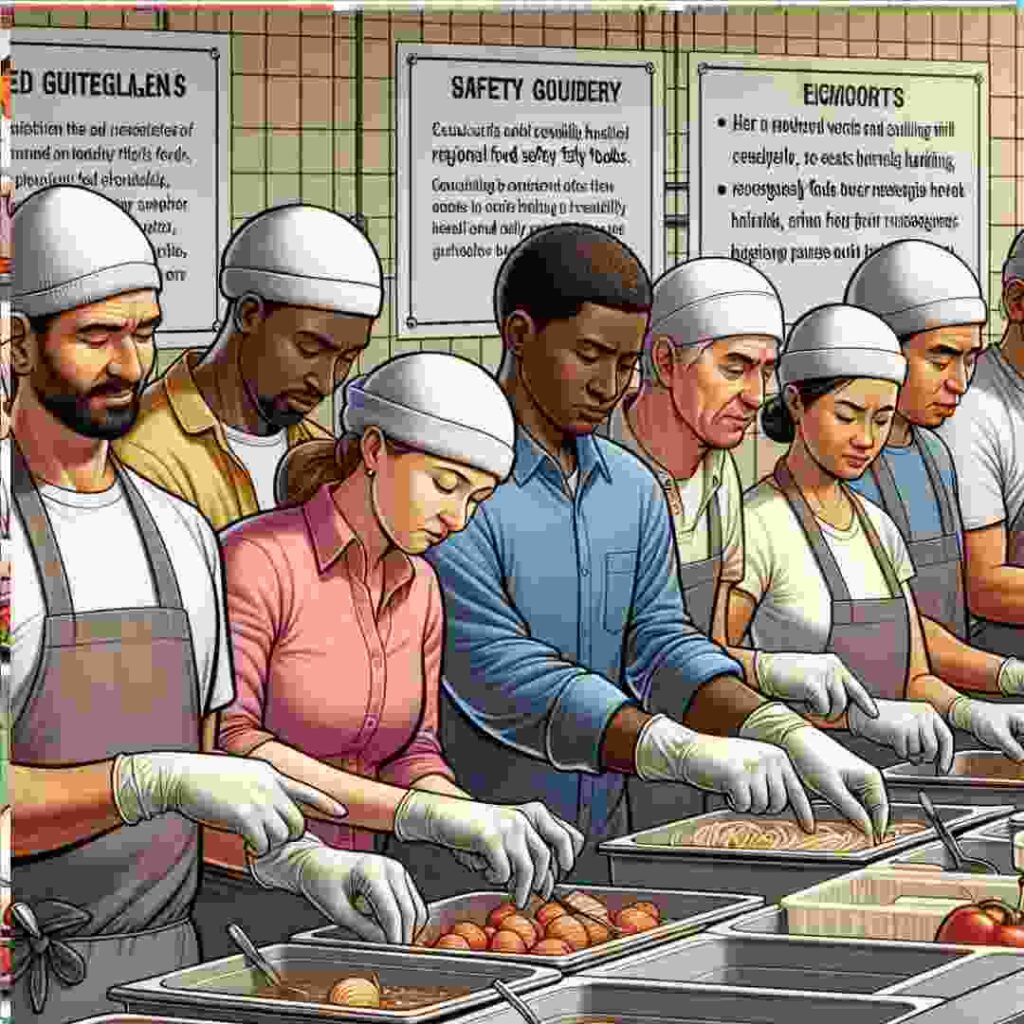
Regulations regarding glove use vary by region, but the principles remain consistent. The Food and Drug Administration (FDA) recommends that workers wear gloves when handling ready-to-eat foods. Local health departments may have additional requirements, emphasizing the importance of staying informed about regional regulations. Compliance with these guidelines is a legal obligation and a testament to an establishment’s dedication to safety.
Choosing the Right Gloves for the Job
Not all gloves are created equal. Selecting the appropriate type of gloves is crucial for both effectiveness and comfort. Disposable gloves made from nitrile, latex, or vinyl are commonly used in the food industry. Nitrile gloves are chemical-resistant and suitable for handling a variety of foods, while latex and vinyl offer flexibility and comfort. Choosing suitable gloves ensures food workers can perform their tasks efficiently without compromising safety.
The Importance of Proper Glove Use

More than simply simply wearing gloves is required; they must be used correctly to provide the intended protection. Gloves should be changed regularly and discarded after each task to prevent contamination. Additionally, food workers must wash their hands before removing a new pair of gloves. By following these practices, establishments can maintain a high standard of hygiene and build trust with their customers.
Training and Education for Food Workers
Educating food workers on glove use is essential for fostering a kitchen safety culture. Training programs should cover the reasons behind glove use, proper techniques for donning and doffing gloves, and the significance of hand hygiene. Engaging employees in these training sessions helps create a shared responsibility for food safety and empowers them to make informed decisions in their daily tasks.
Common Misconceptions About Glove Use
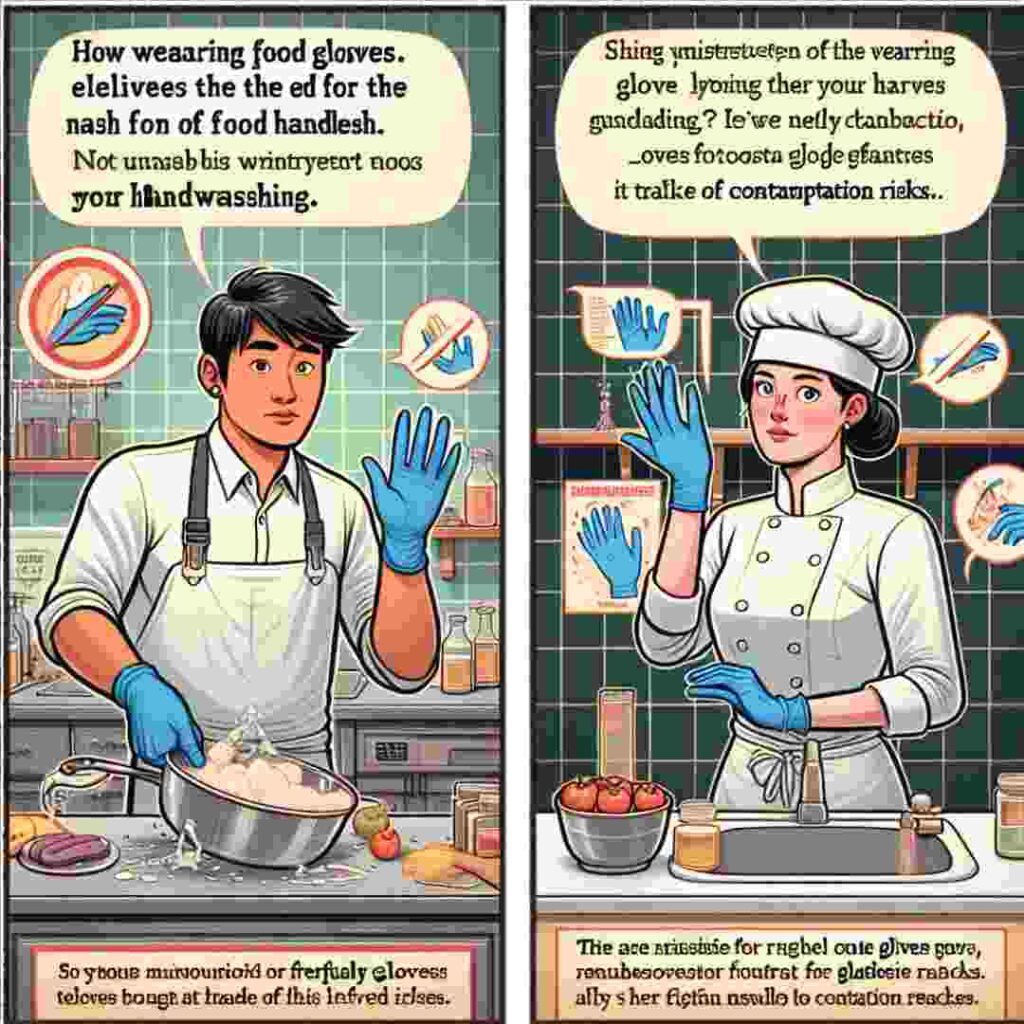
Several things could be improved surrounding glove use in food handling. One common myth is that gloves eliminate the need for handwashing. In reality, gloves are an additional measure, not a substitute for handwashing. Another misconception is that wearing gloves for extended periods is acceptable. However, gloves can become contaminated, necessitating frequent changes. Dispelling these myths helps ensure that food safety practices are based on accurate information.
The Role of Health Inspectors in Ensuring Compliance
Health inspectors play a vital role in maintaining food safety standards. During inspections, they assess whether establishments adhere to regulations regarding glove use and overall hygiene practices. Inspectors educate restaurant owners and food workers on best practices, helping them understand the significance of compliance. By working together, health inspectors and food service professionals can create a safer dining experience for everyone.
Building a Culture of Safety and Quality
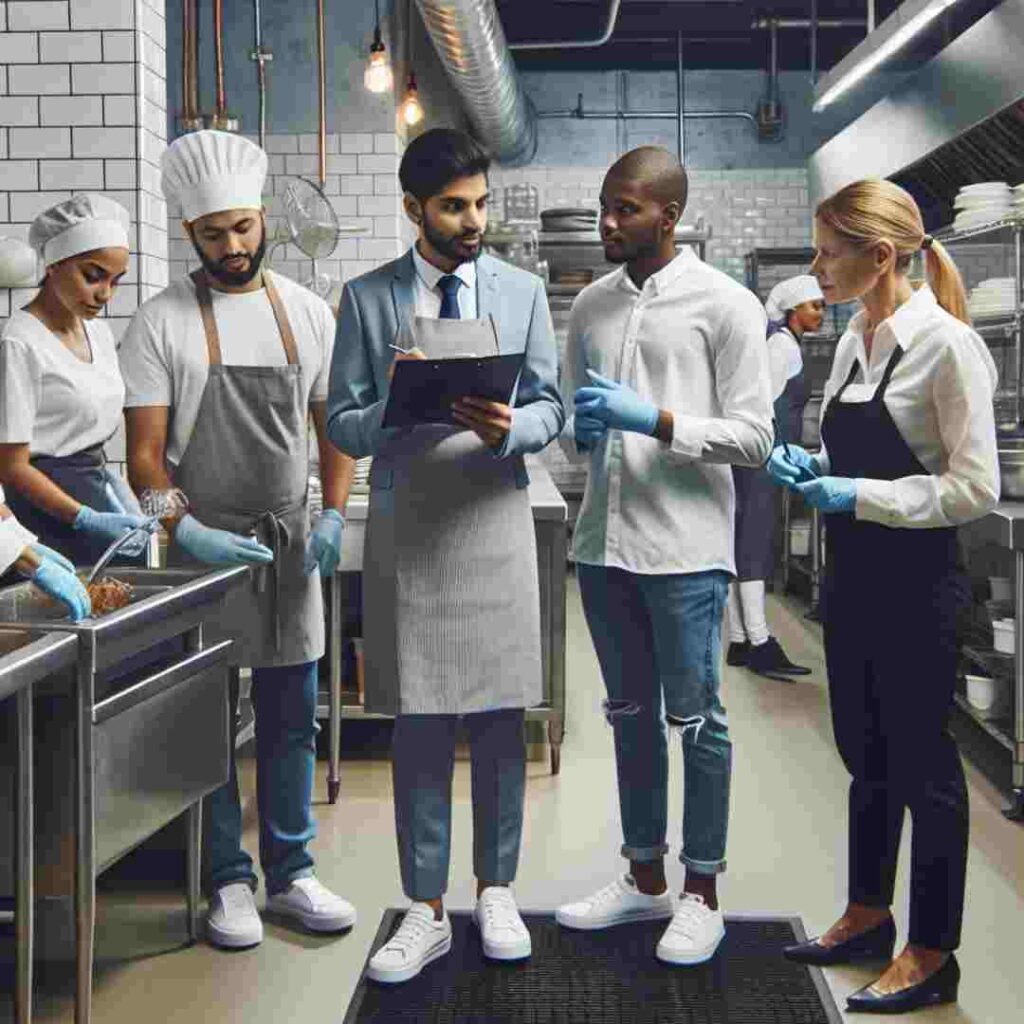
Fostering a culture of safety and quality requires collaboration between restaurant owners, food workers, and health inspectors. By prioritizing glove use and hygiene practices, establishments can elevate their food safety standards and set themselves apart in the industry. Customers are more likely to trust and return to restaurants that demonstrate a commitment to their well-being, resulting in long-term success.
Staying Informed and Adapting to Changes
The food safety landscape constantly evolves, with new research and regulations emerging regularly. Restaurant owners and food workers must stay informed about industry developments to ensure continued compliance and safety. Participating in workshops, reading industry publications, and engaging with professional networks can help keep food service professionals up-to-date and ready to adapt to changes.
Frequently Asked Questions
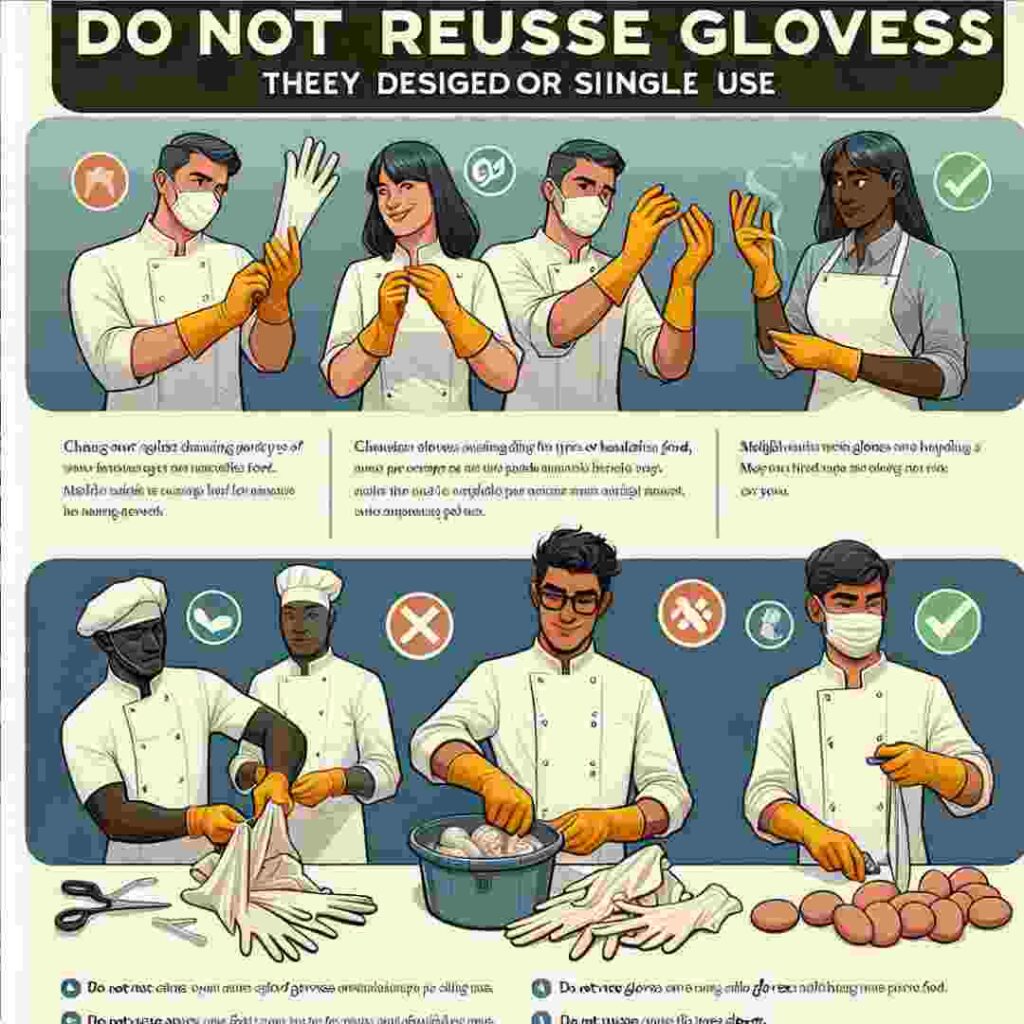
1. How often should food workers change their gloves?
Food workers should change their gloves frequently, especially after handling different types of food, taking out the trash, touching their faces, or using the restroom. Gloves should also be changed if they become torn or contaminated.
2. Are there alternatives to wearing gloves in food handling?
While gloves provide an effective barrier to prevent contamination, not all food tasks require them. Alternatives such as using utensils or tongs can minimize direct hand contact with food surfaces.
3. Can gloves be reused in a food service setting?
No, gloves should not be reused. Disposable gloves are designed for single use and must be discarded after each task to prevent the risk of cross-contamination.
4. What types of gloves are best for those with latex allergies?
Nitrile gloves are a preferred alternative for individuals with latex allergies. They provide durability and protection without the risk of an allergic reaction, making them suitable for various food-handling tasks.
5. Do regulations for glove use vary internationally?
Yes, regulations regarding glove use can vary by country and region. Food service professionals must know the specific guidelines applicable to their location and industry. Familiarizing themselves with local and international standards can help ensure compliance and safety.
Conclusion
In the fast-paced food service industry, understanding when food workers are required to wear gloves is essential for maintaining high hygiene standards. Following the guidelines and practices outlined in this post, restaurant owners, food service workers, and health inspectors can work together to create safe and enjoyable dining experiences for their customers. Prioritizing glove use and hygiene protects public health and strengthens the reputation of dining establishments. With a commitment to safety and quality, the food service community can continue to thrive in an increasingly competitive landscape.











